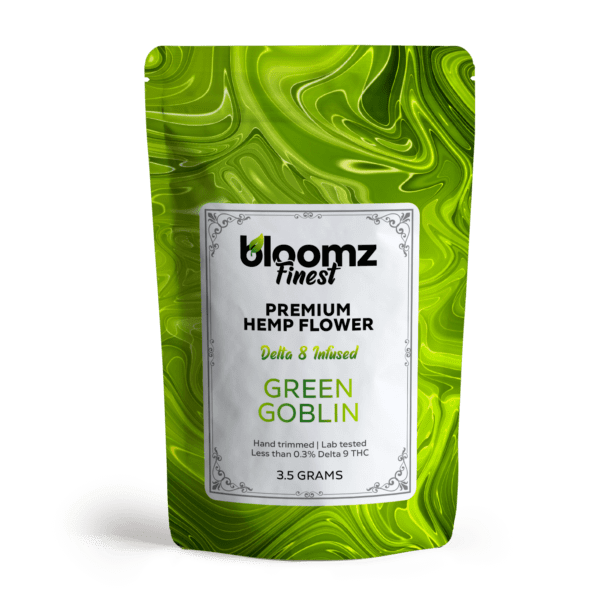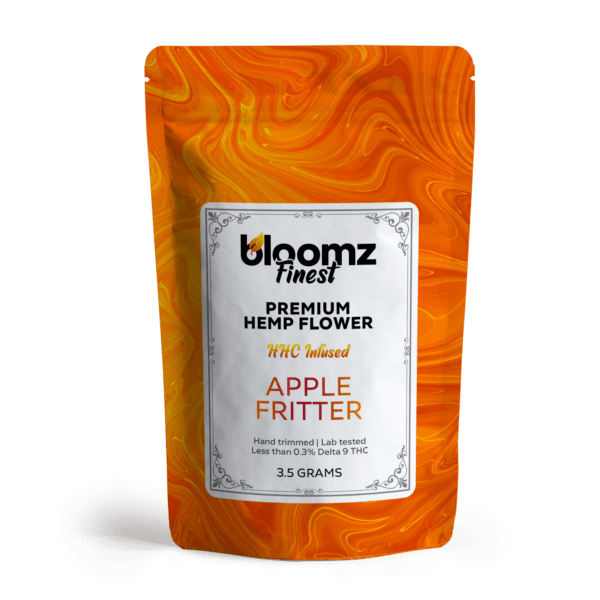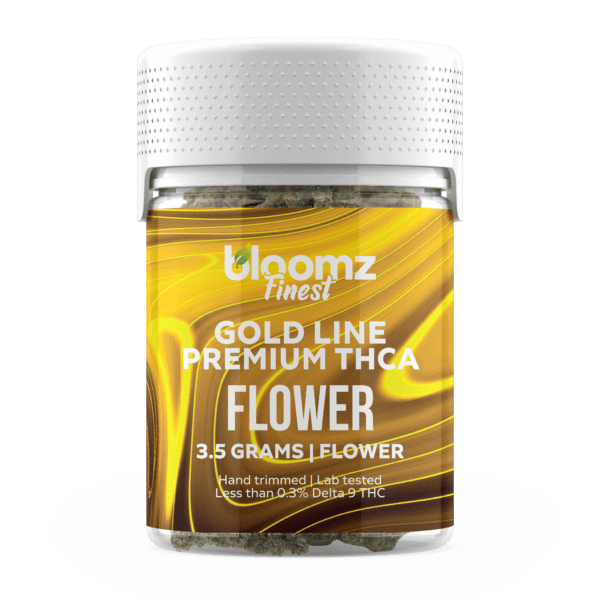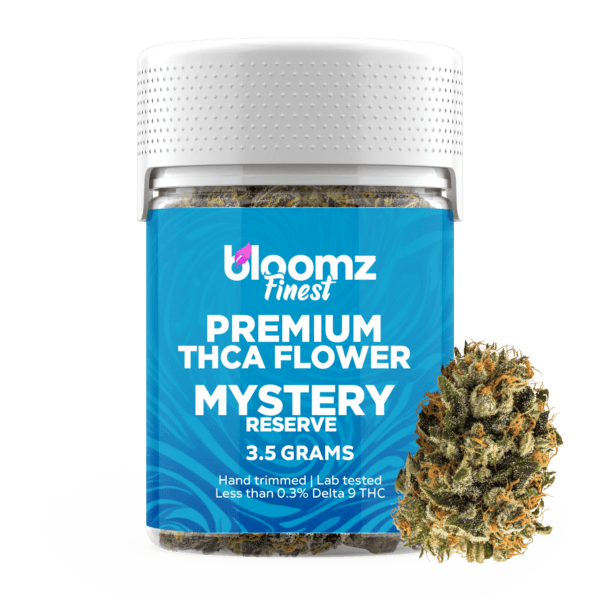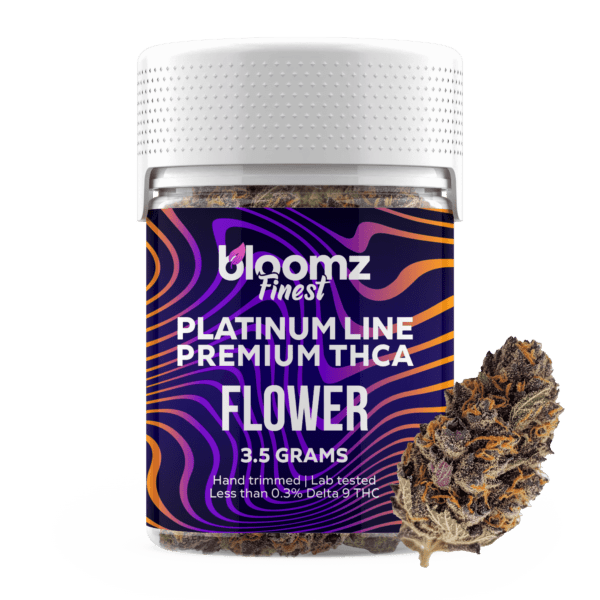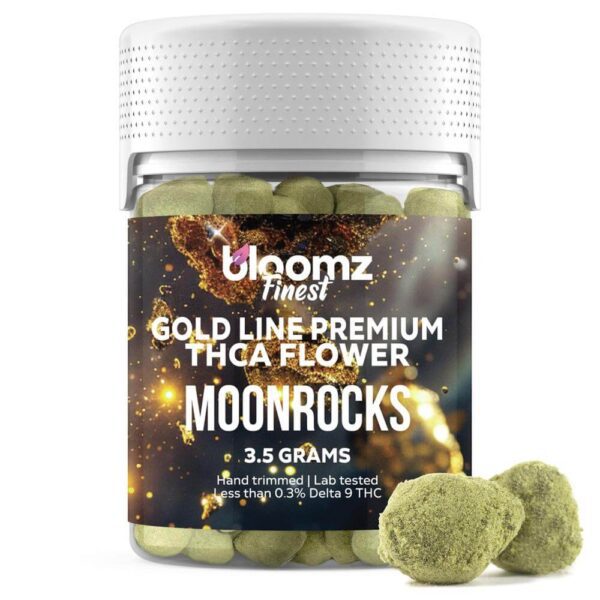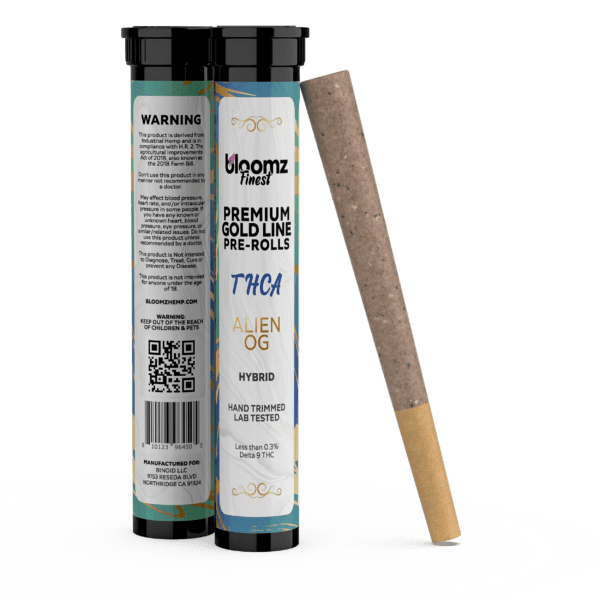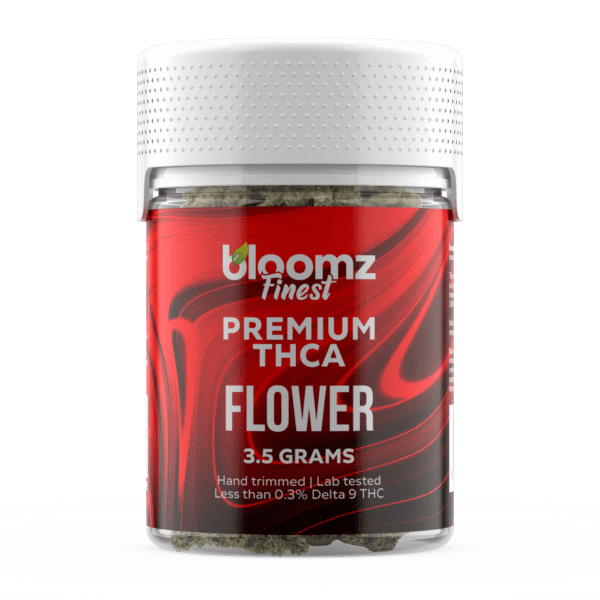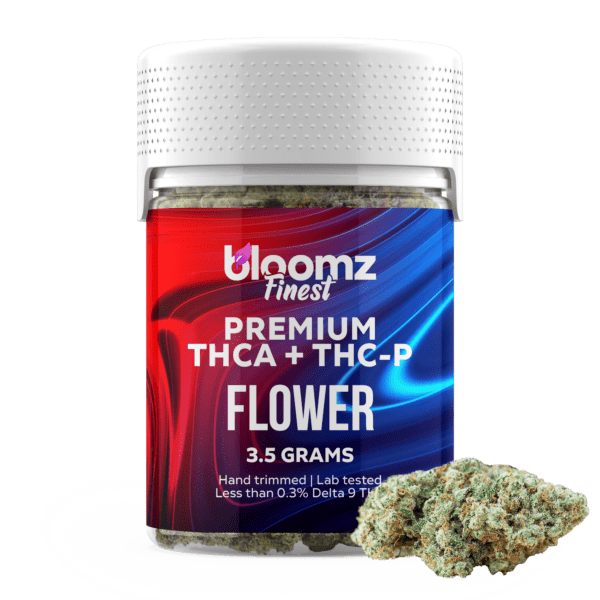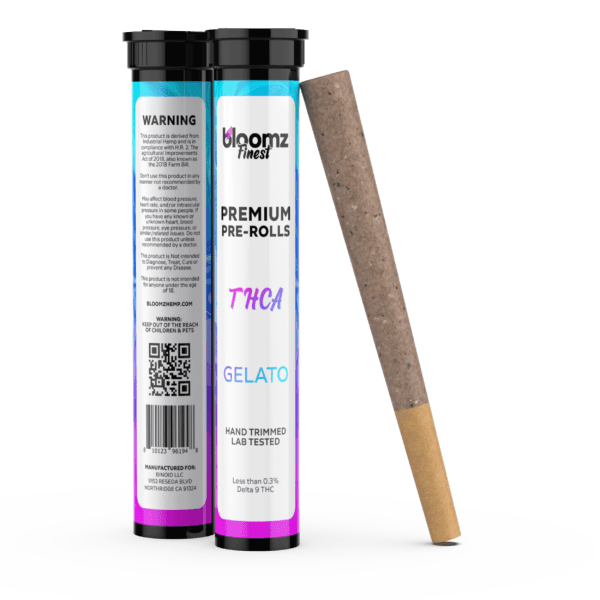The journey into the world of botanicals is often one of seeking pleasant experiences, a quest for relaxation, euphoria, or a simple shift in perspective. Cannabis flower, with its rich history and complex chemical profile, is a prominent player in this arena, celebrated for the desirable effects it can produce. However, a complete and honest exploration requires looking at the entire picture, acknowledging that every substance can have a spectrum of effects, not all of which are sought after.
Just as a thrilling roller coaster ride might also induce a bit of dizziness, the experience of using cannabis flower can sometimes come with less-than-desirable side effects. Understanding these potential outcomes is not about instilling fear but about fostering a more informed and mindful approach. It’s about navigating the landscape with a clear map, recognizing that knowledge is the key to a safer and more predictable journey. This awareness allows for better preparation and a more empowered decision-making process for anyone considering or currently using cannabis flower.
To Buy Cannabis Flower Click Here
Recommended products
Cannabis Flower 101
To fully appreciate the conversation around its effects, it’s helpful to have a foundational understanding of what cannabis flower is. The term refers to the trichome-rich, smokable blossoms of the female cannabis plant, which are often called buds or nugs. These flowers are the plant’s reproductive organs, and they are the primary source of the cannabinoids and terpenes that give each strain its unique characteristics. In the world of cannabis cultivation, male plants are typically kept separate from the females to prevent pollination.
This encourages the female plants to channel their energy into producing large, resinous, and seedless flowers. The result is the potent and aromatic product that is harvested for consumption. The appearance of these flowers can be quite striking, with a range of green and sometimes purple hues, all covered in a frosty layer of trichomes and often accented with vibrant orange pistils. This intricate botanical structure is where the plant’s most sought-after compounds are concentrated, a product of careful genetic selection and expert cultivation.
The path from a small seed or clone to a finished, consumable flower is a meticulous process that requires a great deal of knowledge, patience, and attention to detail. It is a blend of agricultural science and dedicated craftsmanship, all aimed at producing a high-quality final product. Here’s a closer look at the key stages involved in bringing cannabis flower to life:
Cultivation and the Vegetative Phase: It all starts with the choice of genetics, as the specific strain will be the primary determinant of the cannabis flower‘s eventual effects, aroma, and flavor profile. Once the seeds have germinated or the clones have taken root, the plants enter the vegetative stage. During this phase, which can last for several weeks, the plant’s energy is focused on developing a strong root system, a sturdy central stalk, and an abundance of fan leaves. Growers provide an extended period of light, typically 18 to 24 hours a day, to encourage this robust growth. Throughout this stage, cultivators must maintain precise control over environmental factors like temperature, humidity, and air circulation, while also supplying a balanced regimen of nutrients to ensure the plants are healthy and prepared for the demanding flowering stage to come.
The Flowering Phase: The transition to the flowering stage is initiated by a change in the light cycle to 12 hours of light followed by 12 hours of complete darkness. This shift in photoperiod signals to the female plants that it is time to begin producing cannabis flower. This is the most anticipated part of the process, as the plants begin to develop the buds that will eventually be harvested. Over the next several weeks, these small flowers will grow and swell, becoming increasingly dense and coated in resinous trichomes. This is also when the production of cannabinoids and terpenes goes into overdrive, creating the unique chemical signature of the strain. Meticulous monitoring and care are essential during this phase to protect the developing flowers from stress and pests, ensuring a high-quality yield.
Harvesting at Peak Maturity: Deciding on the perfect time to harvest is a critical skill that can make or break the final product. Experienced growers use magnifying tools to inspect the trichomes on the surface of the cannabis flower. The color of these tiny glands—ranging from clear to cloudy to amber—provides a precise indication of the plant’s maturity and the cannabinoid profile of the buds. Harvesting too soon can result in a less potent flower, while waiting too long can lead to a degradation of some of the desirable compounds. The harvesting process itself is done with great care, often by hand, to protect the delicate trichomes and preserve the integrity of the flowers as they are cut from the plant.
Drying and Curing for Optimal Quality: Once harvested, the branches are moved to a controlled environment for drying. This slow drying process, conducted in a dark room with specific temperature and humidity levels, is crucial for preserving the cannabinoids and terpenes while allowing the chlorophyll to break down, which results in a smoother final product. After the initial drying period, the buds are carefully trimmed from the stems. The trimmed flowers are then placed in airtight containers for the curing process. Curing, which can last for weeks or even months, is the final and perhaps most important step in developing the flower’s full aroma and flavor. During this time, the containers are periodically opened to release moisture and allow the buds to “breathe,” a process that refines and enhances the overall quality and enjoyability of the cannabis flower.
After the meticulous process of cultivation and curing, the finished cannabis flower can be consumed in a variety of ways, with each method offering a unique experience. The most traditional and well-known method is smoking, which can be done using pipes, water pipes, or by rolling the ground flower into joints. Smoking allows for the rapid absorption of active compounds through the lungs, leading to a quick onset of effects. A more modern alternative is vaporization, or vaping, which involves heating the flower to a temperature that releases the cannabinoids and terpenes as a vapor without combustion.
Many users prefer this method for its cleaner taste and potentially gentler impact on the respiratory system. Lastly, cannabis flower can be used to create edibles. This involves a process called decarboxylation, where the flower is heated to activate the cannabinoids, and then infused into a fat like butter or oil. These infusions can then be used in a wide range of culinary creations, offering a more potent and longer-lasting experience with a much slower onset time.
When navigating the diverse world of cannabis flower, consumers will frequently encounter the classifications of Indica, Sativa, and Hybrid. Historically, these terms were used to describe the physical characteristics and geographical origins of the plants. Indica varieties, originating from regions like the Hindu Kush, were typically shorter and bushier and were associated with more relaxing and sedative effects. Sativa plants, found in equatorial areas, were taller and slenderer and were thought to produce more uplifting and energizing experiences.
Hybrids are crossbreeds of Indica and Sativa strains, designed to exhibit a combination of traits from both parent types. However, due to extensive crossbreeding over the years, these classifications are now considered more of a general guideline than a precise predictor of effects. A more accurate way to anticipate the experience a particular flower will offer is to examine its specific cannabinoid and terpene profile, which provides a more detailed picture of its potential effects.
Recommended products
-
THCA Smalls
$149.99$256.99 -
THCA Flower – Indoor Exotics – Gold Line
$37.99$69.99 -
THCA Flower – Mystery Reserve
$41.99$79.99 -
THCA Flower – Platinum Line
$49.99$79.99
Side Effects of Cannabis Flower
While many people seek out cannabis flower for its potential to induce feelings of bliss and relaxation, it’s also true that the experience isn’t always entirely positive for everyone. The same compounds that can lead to desirable effects can also, under certain circumstances, produce outcomes that are less than pleasant.
The potential for side effects is influenced by a multitude of factors, including the individual’s unique body chemistry, their tolerance level, the potency of the strain, the dosage consumed, and even their current mood and environment. Understanding this variability is key to approaching cannabis use in a way that maximizes the potential for a positive experience while minimizing the risk of unwanted side effects. It’s a matter of being informed and mindful of how this powerful plant can interact with your system.
Side Effects of Cannabis Flower Physically
The body can react to cannabis flower in various ways, and not all of them are the soothing sensations one might be hoping for. Here are some of the potential physical side effects that can occur:
#1: Dry Mouth and Red Eyes: Two of the most common and widely recognized physical side effects of cannabis flower are dry mouth, often referred to as “cottonmouth,” and red eyes. Dry mouth occurs because the active compounds in cannabis can interact with the salivary glands, reducing saliva production. This can lead to a feeling of thirst and a sticky sensation in the mouth. Red eyes are caused by the dilation of blood vessels in the eyes, which increases blood flow and gives them a bloodshot appearance. While these side effects are generally harmless and temporary, they can be a source of minor discomfort and are a tell-tale sign of recent cannabis use.
#2 Increased Heart Rate: Shortly after consuming cannabis flower, particularly strains high in THC, it’s common to experience a temporary increase in heart rate. This can be a noticeable and sometimes disconcerting sensation, especially for those who are not expecting it. For most healthy individuals, this is a short-lived effect and not a cause for major concern. However, for those with pre-existing heart conditions, this increase in heart rate could potentially pose a risk. It’s a reminder that cannabis can have a tangible impact on the cardiovascular system.#3: Dizziness and Lightheadedness: Some individuals may experience feelings of dizziness or lightheadedness, especially when standing up too quickly after consuming cannabis flower. This is often related to a temporary drop in blood pressure. This sensation can be disorienting and may affect one’s sense of balance and coordination. For new users or those consuming a particularly potent strain, this effect can be more pronounced. It’s a key reason why it’s always recommended to start with a low dose and see how your body reacts in a safe and comfortable environment.
#4: Impaired Coordination and Motor Skills: Cannabis flower can have a significant impact on coordination, balance, and reaction time. This is why it is never safe to operate a vehicle or heavy machinery after consumption. Everyday tasks that require fine motor skills can also become more challenging. This impairment is a direct result of how cannabinoids interact with the parts of the brain responsible for movement and physical response. While this effect is temporary, it’s one of the most important side effects to be aware of from a safety perspective.
#5: Changes in Appetite and Nausea: While cannabis is often associated with an increase in appetite, sometimes referred to as “the munchies,” it can have the opposite effect in some individuals, leading to a temporary loss of appetite. In rare cases, particularly with very high doses or long-term, heavy use, some people may experience nausea and vomiting. This is a paradoxical effect, as cannabis is often used to alleviate nausea. It underscores the complex and sometimes unpredictable nature of how the body can respond to the active compounds in the plant.
Side Effects of Cannabis Flower Mentally
Just as the physical effects can vary, the mental experiences with cannabis flower can also span a wide spectrum, and not all of them fall into the category of euphoria or creative insight. Here are some of the potential mental side effects to be aware of:
#6: Feelings of Unease or Paranoia: While many people find that cannabis helps them to feel chilled out and relaxed, for some, it can trigger feelings of unease, nervousness, or even paranoia. This is more likely to occur with high doses of THC or in individuals who are already in an unsettled state of mind. These feelings can range from a mild sense of social awkwardness to more intense and distressing paranoid thoughts. It’s a powerful reminder that one’s mental state and environment can play a significant role in shaping the cannabis experience.
#7: Short-Term Memory Impairment: One of the most well-documented mental side effects of cannabis flower is its impact on short-term memory. It can be difficult to follow a conversation, remember what you were just about to do, or learn new information while under the influence. This effect is temporary and typically subsides as the high wears off. However, it can be frustrating and can interfere with daily activities that require memory and focus. This is a key reason why it’s not advisable to use cannabis before engaging in tasks that require cognitive sharpness.
#8: Altered Perception of Time: Cannabis flower can distort one’s perception of time, making minutes feel like hours or vice versa. This can be a disorienting and sometimes unsettling experience. While some may find this altered perception to be an interesting part of the experience, for others, it can contribute to a feeling of being disconnected from reality. This effect is a clear indication of how cannabis can temporarily alter the brain’s processing of sensory information.
#9: Difficulty with Concentration and Problem-Solving: Similar to its effects on memory, cannabis flower can also make it challenging to concentrate and think clearly. Complex problem-solving and critical thinking can become significantly more difficult. This can impact performance in academic, professional, or any setting that requires sharp cognitive function. The mental “fogginess” that some users experience can make it hard to stay on task and can lead to a feeling of being mentally sluggish.
#10: Feelings of Lethargy or Fatigue: While some strains are known for their energizing effects, many others, particularly Indica-dominant strains, can lead to feelings of lethargy and fatigue, especially as the initial high begins to fade. This can result in a lack of motivation and a desire to do little more than relax on the couch. While this may be a desired effect for someone looking to unwind at the end of the day, it can be an unwelcome side effect for those who were hoping for a more active and engaged experience.
#11: Feeling Awesome: Yes, we had to put it in here. For many, Cannabis works awesome for them and some people love it for how happy it makes them. Cannabis is a unique flower, known for many effects. That is why people love it.
Recommended products
-
THCA Moonrocks – Gold Line
$57.99$89.99 -
Exotic THCA Pre-Rolls Gold Line – 3-Pack/6 Pack
$36.99$69.99 -
Blazed Exotic THCA Flower
$36.99$79.99
How to Avoid Those Potential Side Effects When Using Cannabis Flower
The key to a positive and enjoyable experience with cannabis flower often lies in a mindful and informed approach to its use. By understanding the factors that can contribute to unwanted side effects, you can take proactive steps to mitigate them. It’s about being an active participant in your experience, rather than a passive recipient of whatever effects may come your way. A little bit of knowledge and preparation can go a long way in ensuring that your journey with cannabis is a pleasant one, so:
Start Low and Go Slow: This is perhaps the most important piece of advice for avoiding negative side effects, especially for those who are new to cannabis or trying a new product. Begin with a very small amount and wait to see how it affects you before considering consuming more. It can take some time for the full effects to be felt, particularly with edibles. This patient and cautious approach allows you to find your optimal dosage without accidentally overdoing it and triggering unwanted reactions like paranoia or dizziness.
Choose Your Strain and Environment Wisely: The strain you choose can have a significant impact on your experience. If you are prone to feeling uneasy, you might want to opt for a strain with a lower THC content and a higher CBD content, as CBD can sometimes counteract the less desirable effects of THC. Additionally, your environment plays a crucial role. Using cannabis in a safe, comfortable, and familiar setting, especially when you are in a positive state of mind, can greatly reduce the likelihood of experiencing negative mental side effects.
Stay Hydrated and Nourished: Having water on hand to combat dry mouth is a simple but effective way to manage one of the most common side effects. Staying well-hydrated can also help to alleviate feelings of dizziness. Similarly, having some healthy snacks available can be a good idea, whether you experience an increase in appetite or not. Being well-nourished can help to stabilize your blood sugar and contribute to a more grounded and pleasant overall experience.
Be Mindful of Your Tolerance: If you are a regular user, you may notice that you need to consume more over time to achieve the same effects. This is a sign of increasing tolerance. Pushing your dosage higher can also increase the risk of side effects. Taking regular tolerance breaks—a few days or a week off from cannabis use—can help to reset your system and lower your tolerance. This not only makes your experiences more potent when you return but also helps to keep your use in a healthier and more sustainable range.
Know When to Say When: It’s important to listen to your body and mind. If you start to feel uncomfortable or experience any negative side effects, it’s okay to stop. Don’t feel pressured to keep up with others. Having a plan for what to do if you feel overwhelmed can be helpful. This might include finding a quiet space, listening to calming music, or talking to a trusted friend. Remember that the effects are temporary and will pass. Being prepared can make a significant difference in how you handle any unexpected and unpleasant sensations.
Bottom Line: The Potential Side Effects of Cannabis Flower Can Vary Based on Numerous Factors
Ultimately, the interaction between an individual and cannabis flower is a deeply personal and variable one. The potential for side effects is not a universal certainty but rather a complex interplay of genetics, individual biology, psychological state, and the specific characteristics of the product being used. Acknowledging this spectrum of potential outcomes is a sign of a mature and responsible approach to cannabis consumption.
It moves the conversation beyond a simple binary of good or bad and into a more nuanced understanding of this plant’s capabilities. For those who choose to explore what cannabis flower has to offer, this knowledge fosters a sense of empowerment, allowing for a more deliberate and mindful journey that prioritizes well-being and a positive experience.


